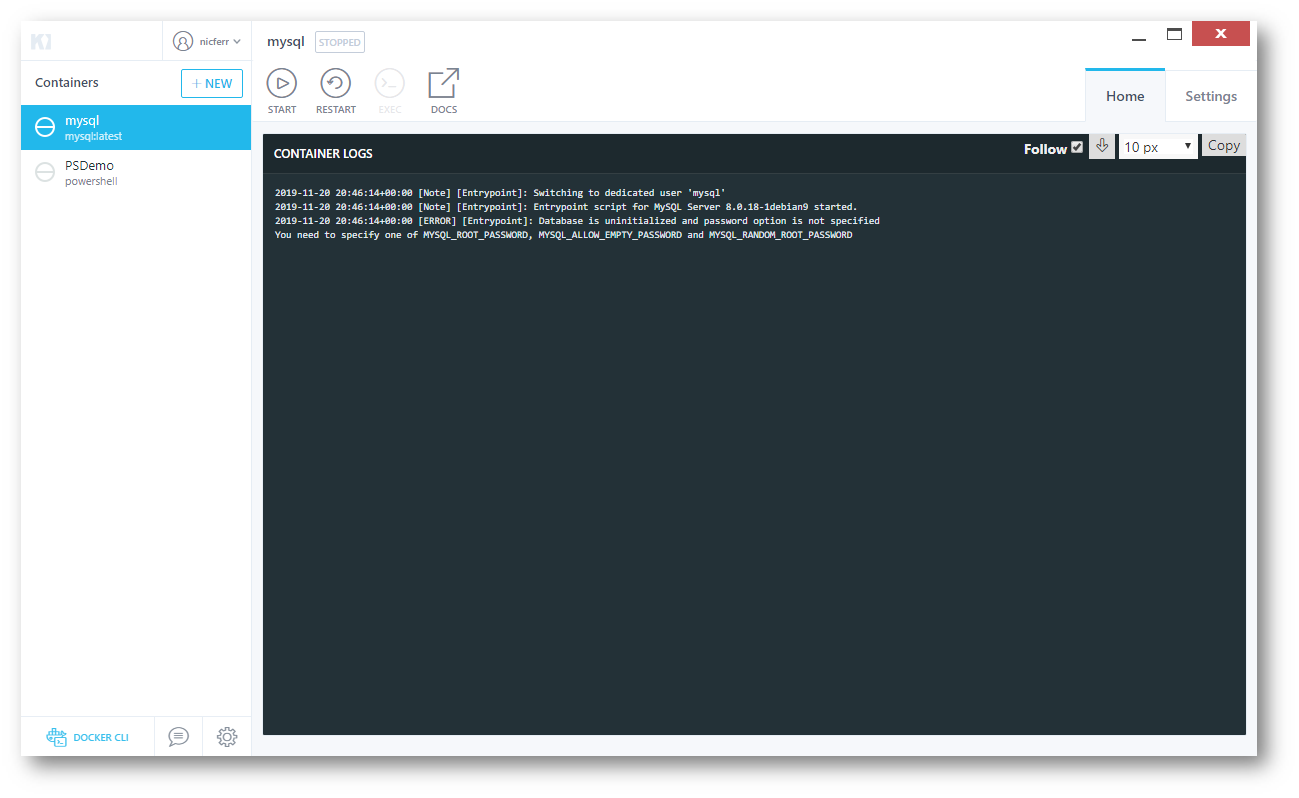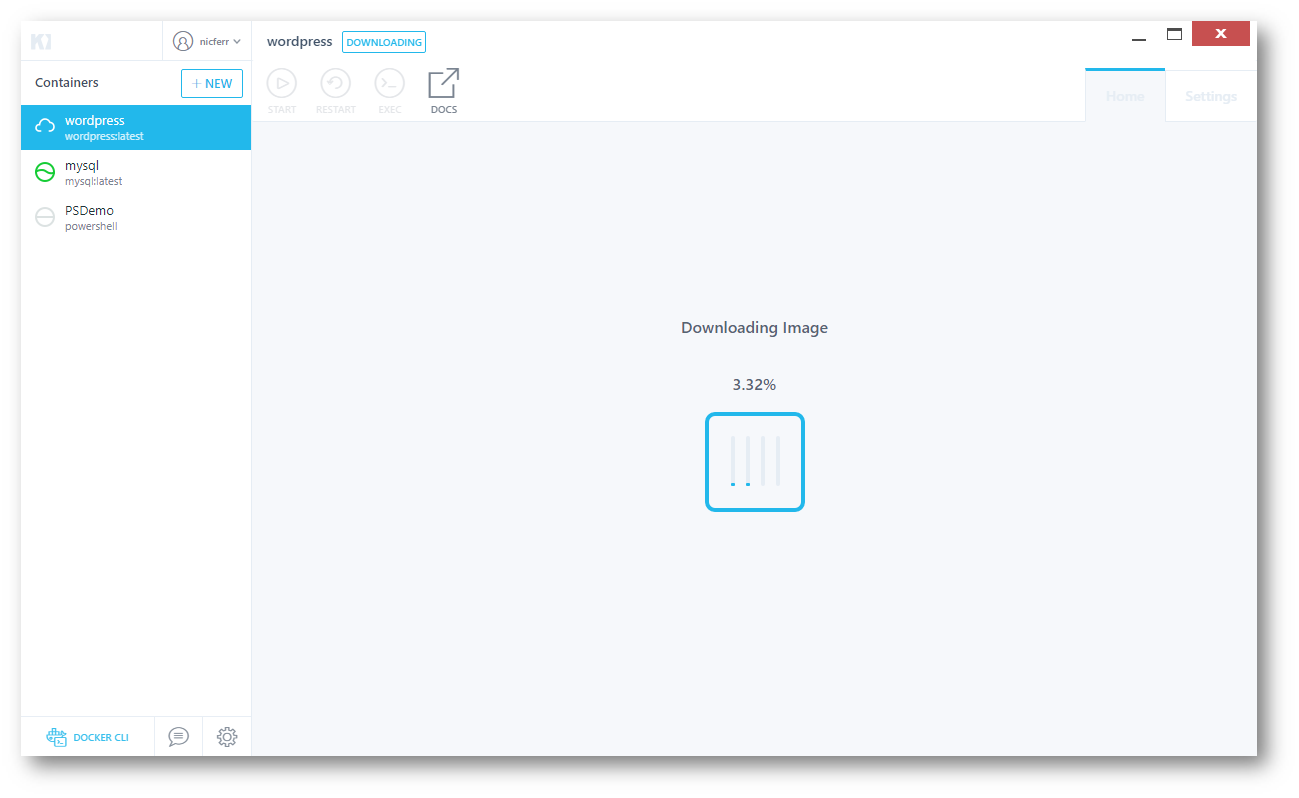
Viewing the sections “Supported tags and respective Dockerfiles” you can find the “latest” tag. In this case, there is an official image for Cassandra ( ). To find out what the cassandra:latest image Dockerfile looks like, we can visit and search for “cassandra.” (Login is not required.) Docker uses an incredible amount of permissions and can be dangerous to your underlying system, so be sure to look for Official Images or known publishers.

For example, cassie-Dockerfile starts with the line “FROM cassandra:latest” showing that it inherits all the definitions from that Dockerfile.Īs mentioned, available images are a bonus in Docker, so we took a look at how the Docker Hub is set up. For example, in cassie-Dockerfile, several networking tools, libraries, and other helpful things are installed into the container.įor a large project, you would be smart to use layers of inheritance and block organization within the Dockerfile.Īt the top of a Dockerfile, you will see a line starting with “FROM” that pulls in definitions from another image.

#Kitematic hostname install
You can use Dockerfiles to install tools, set environment variables, and other tasks you want to run on top of the base image. For example, in this demo, you will see there are two Dockerfiles in the src directory… cassie-Dockerfile and opscassie-Dockerfile. These are usually named “Dockerfile” but you can name them something else as long as you specify the filename in commands. The next step, of course, is orienting to the organization of files within Docker. The other word to know is “host” - for this exercise, that meant a laptop. The basic elements are images (definitions), containers (you can think of these in the abstract like servers or VMs, even though they are neither), networks (allow containers to talk to each other), and volumes (useful for mapping files in and out of containers to your host, or for persisting data, logs, etc.). Orienting to the vocabulary is a good first task for new technology, so that’s where we started.
#Kitematic hostname how to
#Kitematic hostname download
There appear to be several confusing methods to download Docker now, but the link we used is here. Probably Vagrant helps with a lot of the above, but I jumped into Docker before Vagrant.

For example, if I set up a 6-node cluster of Cassandra in Virtualbox using default settings, my laptop will crash.


 0 kommentar(er)
0 kommentar(er)
